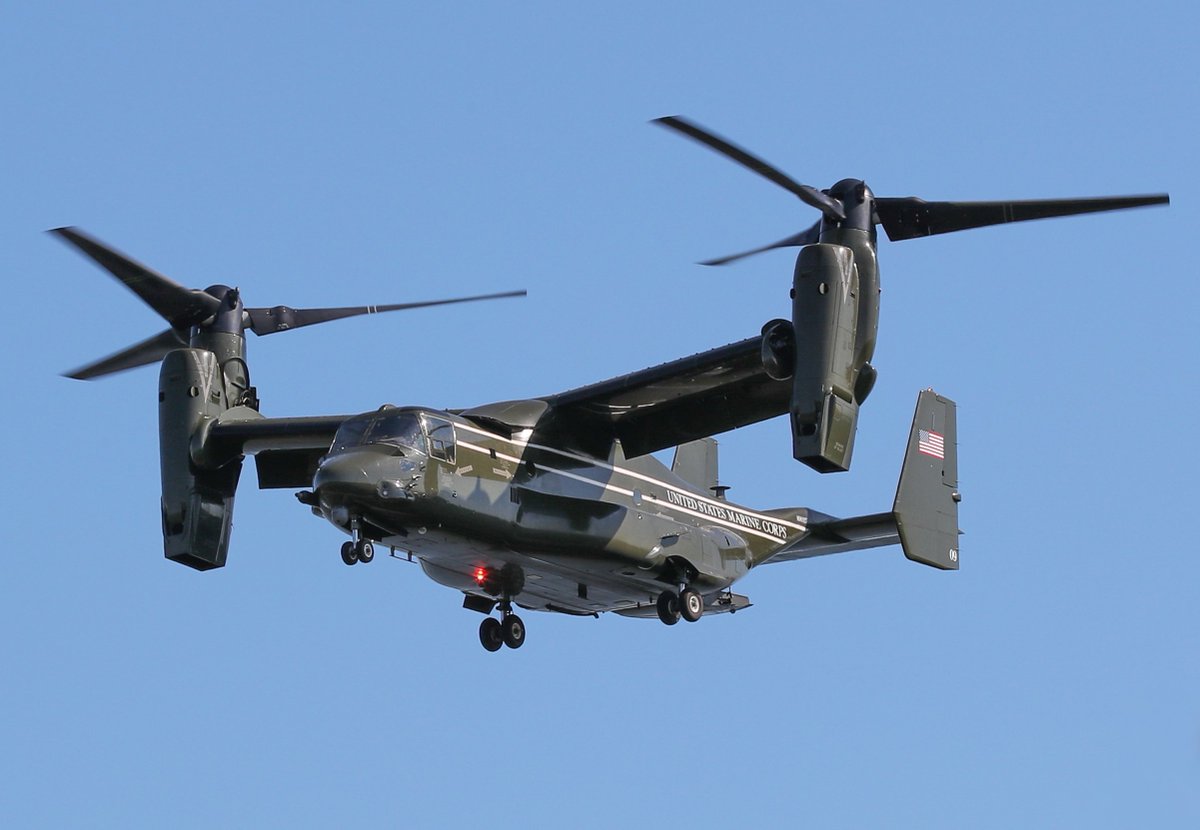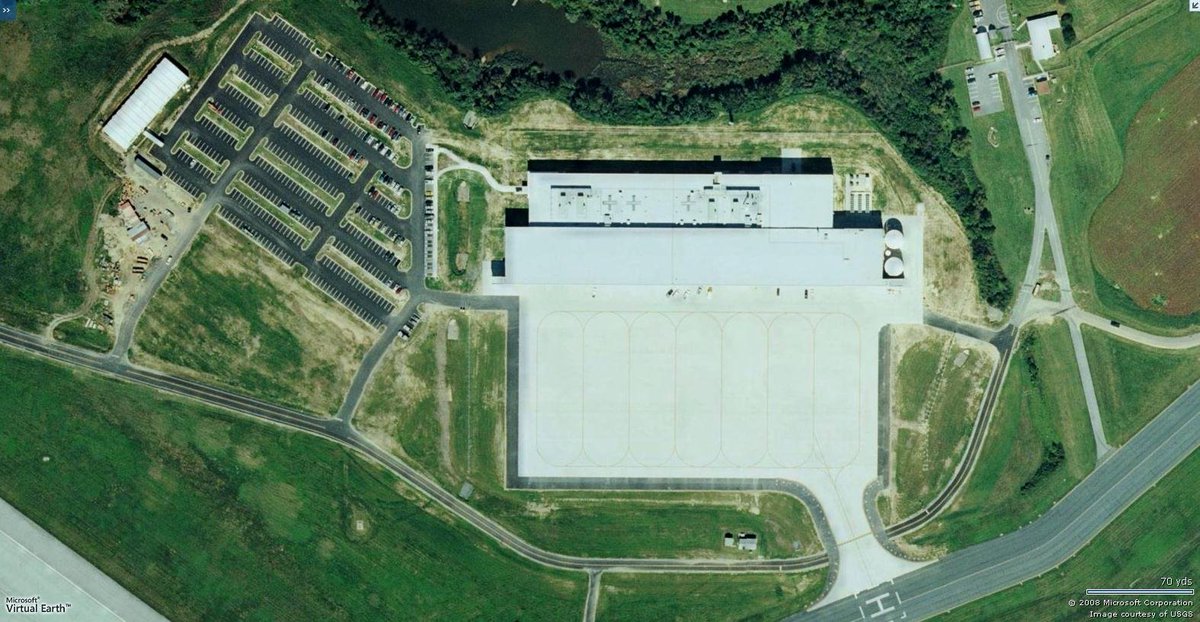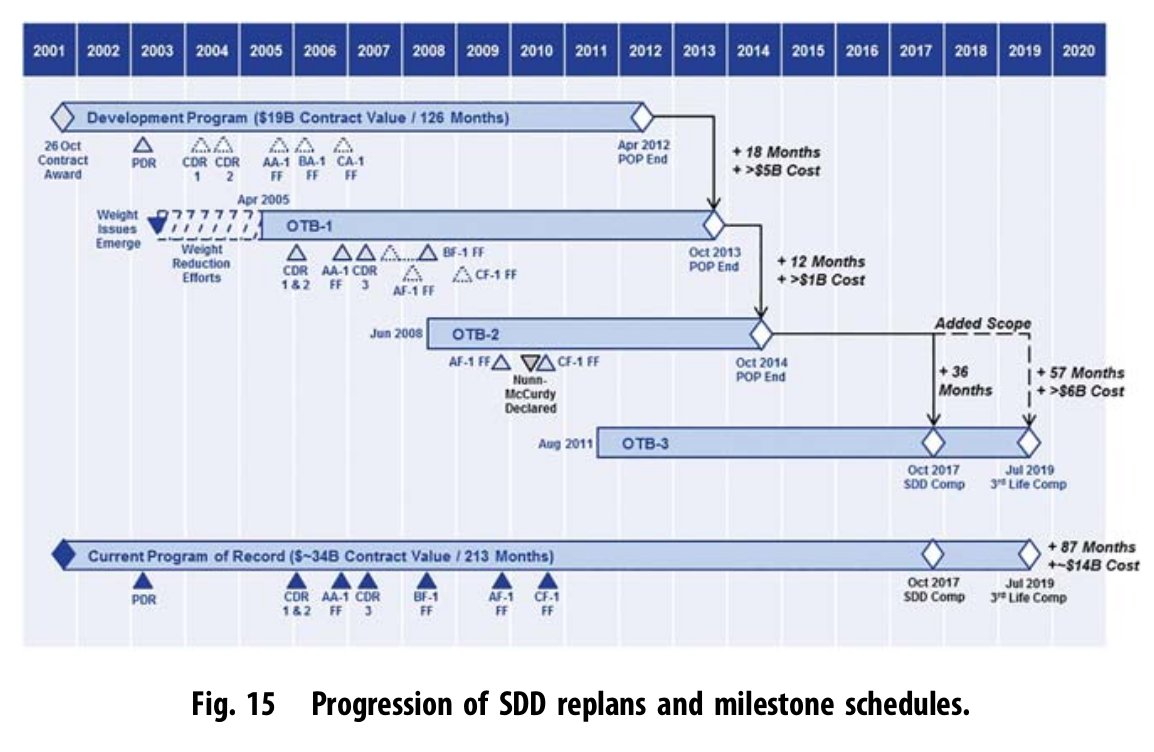I've told this story before, but I had a smaller audience then.
I was once in a meeting with the lead engineer for the F-35 navigation system. I asked a question I had always wondered about: why are many of the F-35's antennas a different color than the rest of the jet?
I was once in a meeting with the lead engineer for the F-35 navigation system. I asked a question I had always wondered about: why are many of the F-35's antennas a different color than the rest of the jet?
https://twitter.com/JarodMHamilton/status/1833509490618200331
Context: Northrop Grumman is the contractor responsible for the F-35 Communications/Navigation/Interrogation (CNI) suite. This engineer had worked on the CNI suite for years. So I thought he would know. His answer:
"That's the color the jet was originally supposed to be."
"That's the color the jet was originally supposed to be."
He elaborated:
"If you look at the original concepts for the jet, it was much lighter than it is now. And we closely matched that color. But then the color was changed."
I asked, "So why not change it now?"
His answer was a perfect microcosm of inter-contractor relations.
"If you look at the original concepts for the jet, it was much lighter than it is now. And we closely matched that color. But then the color was changed."
I asked, "So why not change it now?"
His answer was a perfect microcosm of inter-contractor relations.

"Well, we could. But Lockheed told us we could only do that if it were a zero-cost change. And of course even revising a drawing for production has definite cost. So we've left it."
So yeah. The lighter color in the splinter aggressor scheme you see in the quoted post up above is pretty much the original intended color of the F-35
• • •
Missing some Tweet in this thread? You can try to
force a refresh













